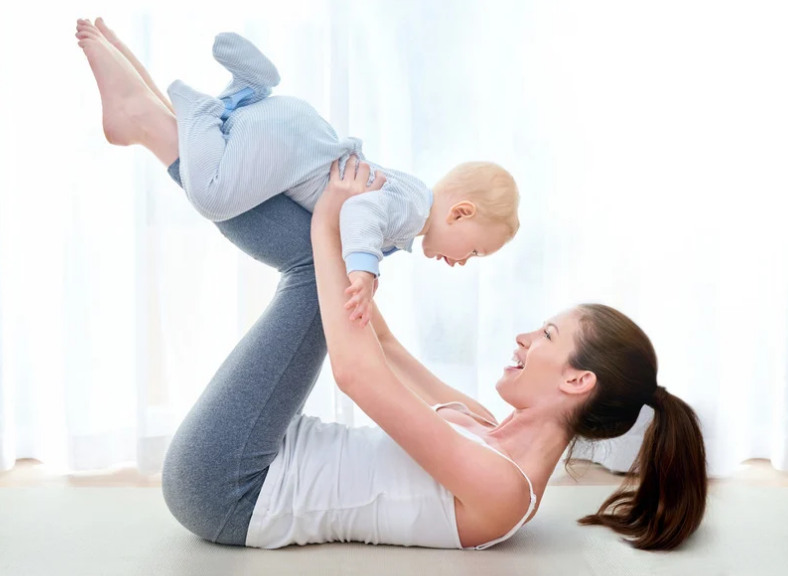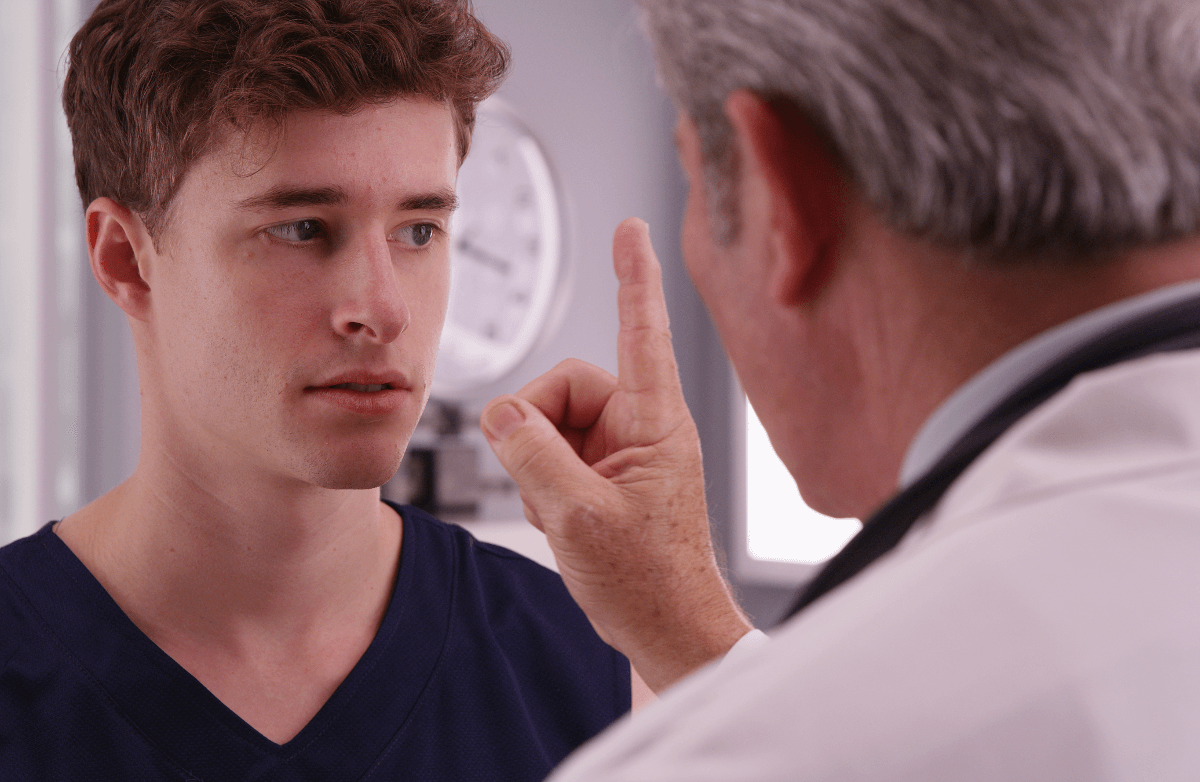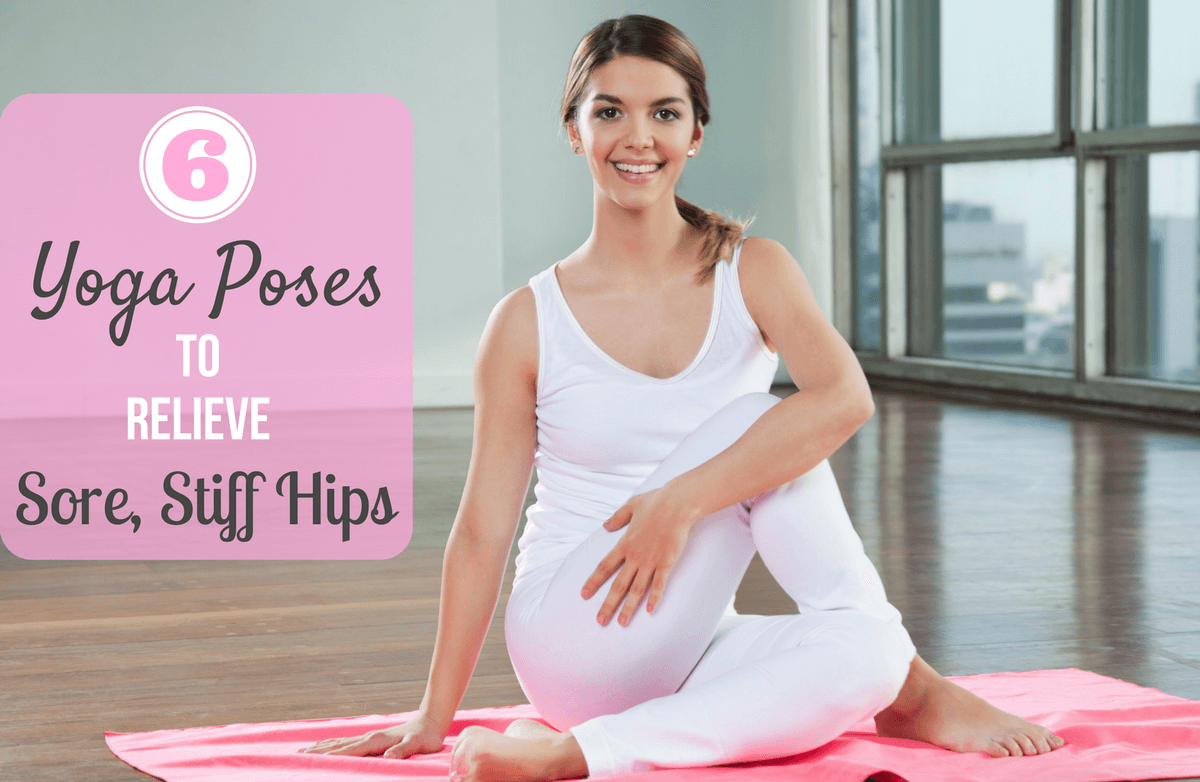In today’s world, much of our day is spent sitting at our desks, in the car, or on the couch. While modern life demands convenience, too much sitting can take a serious toll on your health. As a health coach, I’ve seen firsthand how even small changes to move more and sit less can make a huge difference in energy, mood, and overall well-being.
Why Sitting Too Much Is a Problem
Extended periods of sitting can increase your risk for heart disease, type 2 diabetes, obesity, and even certain cancers. It can also lead to poor posture, muscle stiffness, and decreased energy levels. Your body is designed to move—when you remain sedentary for hours at a time, your muscles, joints, and metabolism slow down.
Benefits of Moving More
Incorporating movement throughout your day can:
-
Boost energy and mood
-
Improve circulation and digestion
-
Strengthen muscles and bones
-
Reduce the risk of chronic diseases
-
Support weight management
Simple Ways to Move More
1. Take Frequent Breaks: Set a timer to stand up and stretch or walk for a few minutes every hour. Even a two-minute walk around your home or office helps.
2. Walk and Talk: Make phone calls while walking, whether around your home, office, or outside.
3. Use Active Transportation: Whenever possible, walk or bike instead of driving, or park farther from your destination to add steps.
4. Desk-Friendly Exercises: Leg lifts, seated marches, or simple stretches can keep blood flowing while at your desk.
5. Make Household Chores Count: Vacuuming, gardening, and carrying groceries are all forms of physical activity that contribute to your daily movement.
6. Stand Up During Leisure: Watch TV, read, or play games standing up, or take short activity breaks during commercial breaks or chapters.
7. Track Your Steps or Activity: Using a pedometer, fitness tracker, or smartphone app can motivate you to reach daily movement goals.
Start Small, Stay Consistent
You don’t need to join a gym or commit to hours of intense exercise to benefit. Start by adding more movement into your routine in small, manageable ways. Over time, these small changes build into habits that support long-term health.
The Takeaway
Moving more and sitting less isn’t just about fitness—it’s about caring for your body and improving your overall quality of life. By finding ways to be active throughout the day, you can boost energy, reduce risk for chronic disease, and feel stronger, healthier, and more vibrant. Remember, every step counts, and even small changes lead to big results.






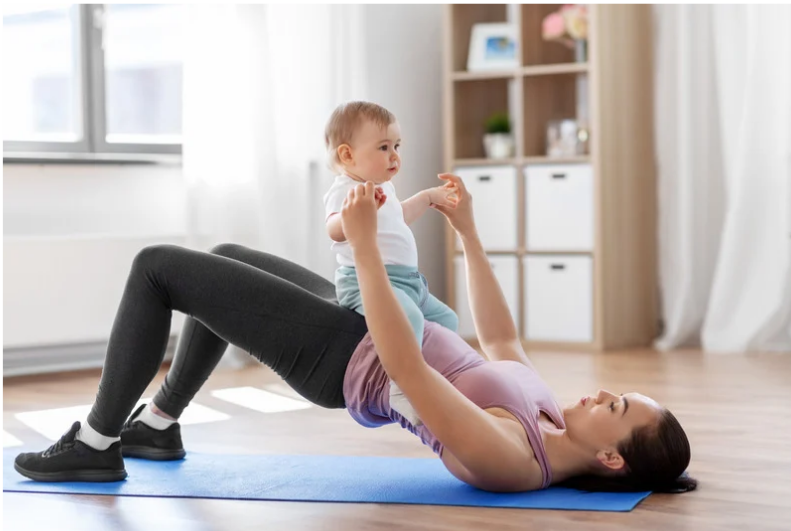
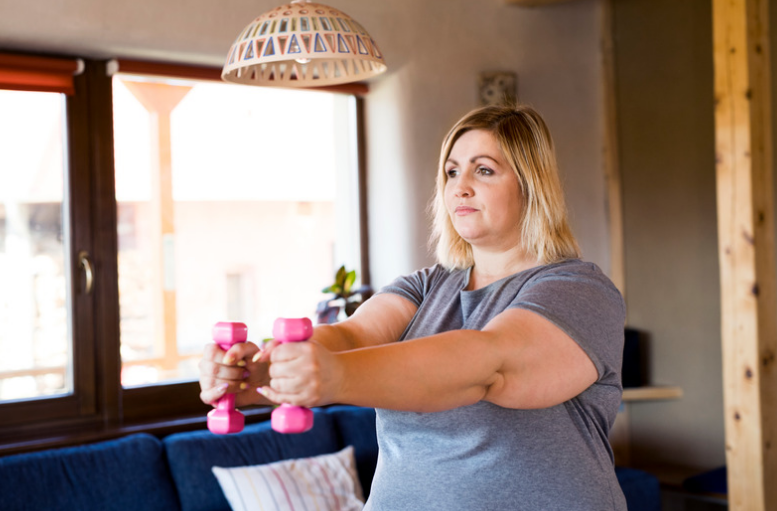
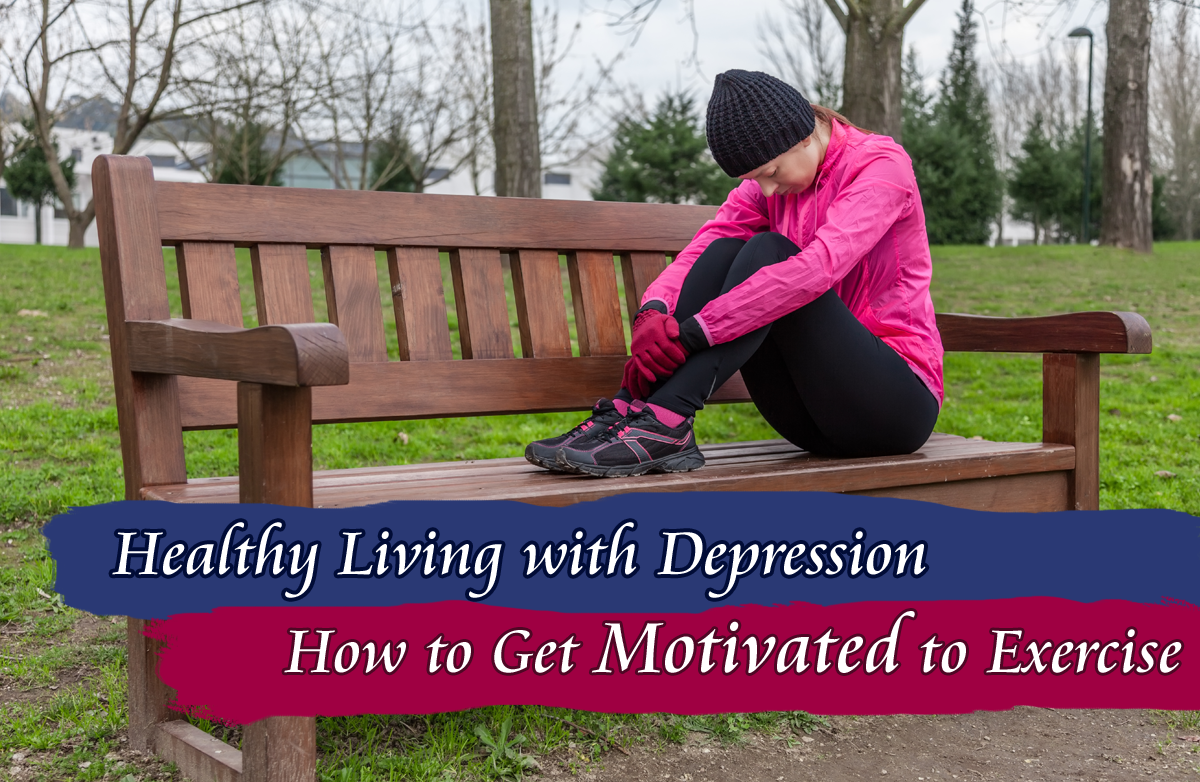

.jpg)
